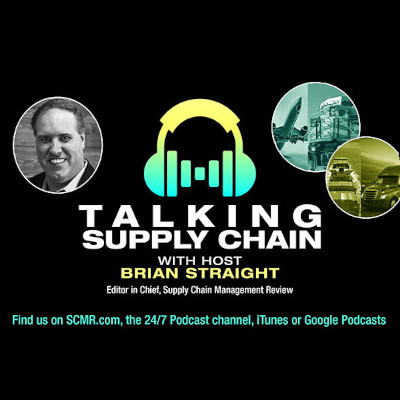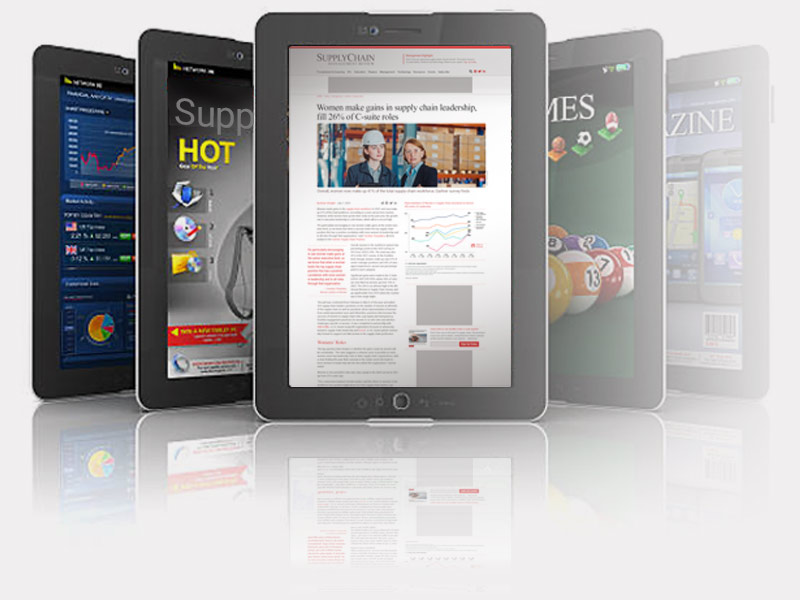Modest retail sales gains remained in effect in August, according to data respectively issued today by the U.S. Department of Commerce’s Census Bureau and the National Retail Federation (NRF).
Commerce reported that total August retail sales, at $697.6 billion, were up 0.6% from July to August, and were up 2.5% annually. Total retail sales, from June through August, saw a 2.2% annual increase, it noted.
Based on Commerce data, retail trade sales were up 0.6 percent from July to August, and up 1.6% annually. And food services and drinking places were up 8.5% annually.
NRF reported that August retail sales, which does not include automobile dealers, gasoline stations, and restaurants, indicated that August rose 0.1% on a seasonally-adjusted basis, from July to August, and was up 3.3% annually on an unadjusted basis. On a three-month moving average, NRF said retail sales were up 3.2% through August and up 3.8% on a year-to-date basis through August.
NRF’s calculation of retail sales – which excludes automobile dealers, gasoline stations and restaurants to focus on core retail – showed August was up 0.1% seasonally adjusted from July and up 3.3% unadjusted year over year. In July, sales were up 0.7% month over month and also up 3.3% year over year.
NRF’s numbers were up 3.2% unadjusted year over year on a three-month moving average as of August and were up 3.8% for the first eight months of the year.
“NRF’s numbers show the pace of retail growth cooled from July but that consumers are still active even as they continue to be selective and price sensitive,” NRF Chief Economist Jack Kleinhenz said in a statement. “Households have the capacity to spend, but momentum is slowing, in part because savings built up during the pandemic are running lower and credit costs are rising. Consumer spending growth has slowed but there is little hint of any sudden collapse.”
In the NRF’s recently-issued Monthly Economic Report, Kleinhenz observed that even though U.S. consumers are buying more than they were a year ago at this time, growth in spending is slowing down, as does the economy amid the aforementioned higher interest rates focused on lowering inflation.
“The economy was clearly more resilient in the first half of this year than many expected, and the consumer environment has been positive as inflation has slowed,” Kleinhenz observed. “Nonetheless, there are ongoing economic challenges and questions, and the pace of consumer spending growth is becoming incrementally slower. Consumers are still spending but are under financial pressure and have been adjusting how much they buy while also shifting from goods to services. While job and wage gains have counterbalanced inflation, the stockpile of savings accumulated during the pandemic is dwindling and is no longer providing as much spending power as previously available.”
NRF data pointed to August retail sales gains in five of the nine retail sectors it tracks, including:
-Health and personal care stores were up 0.5% month over month seasonally adjusted and up 7.8% unadjusted year over year;
-Online and other non-store sales were unchanged month over month seasonally adjusted but up 7.6% unadjusted year over year;
-Clothing and clothing accessory stores were up 0.9% month over month seasonally adjusted and up 3.6% unadjusted year over year;
-General merchandise stores were up 0.3% month over month seasonally adjusted and up 3% unadjusted year over year;
-Grocery and beverage stores were up 0.4% month over month seasonally adjusted and up 2.8% unadjusted year over year;
-Electronics and appliance stores were up 0.7% month over month seasonally adjusted but down 1.6% unadjusted year over year;
-Sporting goods stores were down 1.6% month over month seasonally adjusted and also down 1.6% unadjusted year over year;
-Building materials and garden supply stores were up 0.1% month over month seasonally adjusted but down 3.8% unadjusted year over year; and
-Furniture and home furnishings stores were down 1% month over month seasonally adjusted and down 7.6% unadjusted year over year
Neil Saunders, Managing Director of GlobalData, wrote in a research note that while core retail grew overall, the performance between categories remains patchy.
“The big-ticket sectors remain firmly in the doldrums with spend at furniture stores down by 7.6% and spend at electronics stores down by 1.6%,” noted Saunders. “Meanwhile, sales at home improvement stores fell by 3.8%. Some of this is down to continued sluggishness in the housing market where fewer people are moving or setting up new homes. This acts as a natural break on all sectors related to the home. However, some is also a consequence of more limited financing options and a lack of confidence and willingness to spend large amounts. There is some hope that the holidays will drive more activity in these sectors, especially in electronics which is always big around the holidays, but there is little optimism that the current poor performance will reverse entirely.”
SC
MR

More 3PL
- Inflation continues to have a wide-ranging impact on supply chains
- Q1 sees a solid finish with positive U.S.-bound import growth, notes S&P Global Market Intelligence
- Orchestration: The Future of Supply Chain
- February and year-to-date U.S. import volume is solid, reports S&P Global Market Intelligence
- 2024 retail sales forecast calls for growth, says National Retail Federation
- ISM reports another month of services sector growth in February
- More 3PL
Latest Podcast

 Explore
Explore
Topics
Business Management News
- ‘Purple People’ and the evolution of supply chain talent
- Looking for the next frontier of margin enhancement? Think structurally
- ISM May Semiannual Report calls for growth in 2024, at a reduced rate
- Supply chain salaries top $100K for first time
- Supply chain’s rise in prominence brings regulatory compliance into focus
- Inflation continues to have a wide-ranging impact on supply chains
- More Business Management
Latest Business Management Resources

Subscribe

Supply Chain Management Review delivers the best industry content.

Editors’ Picks




